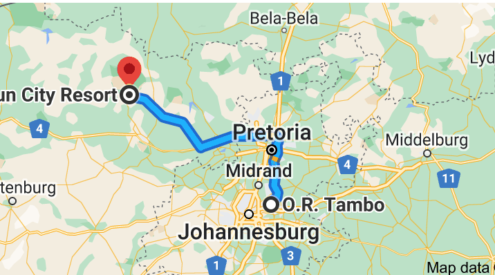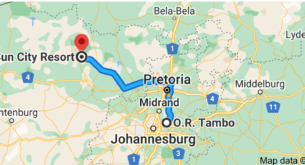Deforestation, trophy hunting, and illegal trading are a few factors that have led to these 10 animals coming close to being extinct. Each person has a part to play in reversing the tide and ensuring that these creatures have the opportunity to thrive for centuries to come. Some of the ways that you can make a difference include, educating yourself and those around you on the pitfalls associated with the petting of wild animals, the dangers of plastic, and the harm done by buying unnecessary and often illegal animal products. You can also volunteer at centres that help conserve fauna, or donate to one of the many wildlife protection organisations.
Imagine a world without these 10 species…
1. Amur leopard
A leopard subspecies, the Amur Leopard is indigenous to the Primorye region of southeast Russia and northern China. The Amur leopard is a solitary mammal and these beasts are critically endangered due to illegal wildlife trade, specifically being poached for their beautiful fur.
2. Black rhino
The black rhino is easily identified by the hooked shape of its upper lip and is smaller than the white rhino. These gentle herbivores are critically endangered as a result of poaching. Rhino horn fetches a high price on the black market and is erroneously believed to have medicinal value in some parts of the world, despite being made up entirely of keratin – the same material as human fingernails. According to the IUCN red list, the black rhino is critically endangered.
3. Bornean orangutan
The Bornean orangutan is identifiable by its broad face, short beard, and darker orange colour than the Sumatran orangutan. Illegal wildlife trade, deforestation, and human interference are the reason that this species is dwindling. Orangutans are sometimes shot when found in oil palm plantations, as they move to among these crops to find food, because of the depleted food supply due to deforestation. According to the IUCN red list, the Bornean orangutan is critically endangered.
4. Cross river gorilla
These gorillas are scattered across approximately 11 groups in the lowland montane rainforests of Cameroon and Nigeria. They are on the critically endangered list because of hunting.
5. Eastern lowland gorilla
The largest of the four gorilla subspecies, the eastern lowland gorilla is found in lowland tropical rainforests, in the eastern Democratic Republic of Congo. Due to habitat loss and fragmentation, these gorillas have landed on the critically endangered list. The illegal mining of gold, tin, diamonds, and coltan – an alloy used to make cell phones – has contributed to the demise of this gorilla.
6. Hawksbill turtles
Hawksbill turtles are hunted for their unique shells that are sold as ‘tortoiseshell’. They are threatened by habitat loss when their feeding and nesting areas are destroyed by coastal development or pollution. Despite being protected by CITES (Convention on International Trade in Endangered Species of Wild Fauna and Flora) these turtles are predominantly endangered because of the illegal wildlife trade.
7. Javan rhino
These are the most critically endangered of the five-rhino species and are nearly extinct, according to the IUCN redlist. They are found only in Ujung Kulon National Park in Java, Indonesia. The last Javan rhino in Vietnam was poached in 2010. This species is on the critically endangered list for multiple reasons including natural catastrophes, habitat loss, diseases, poaching, and potential inbreeding.
8. Malayan tiger
The Malayan tigers are native to the Malay Peninsula and the southern tip of Thailand. Habitat loss due to infrastructure development has placed these big cats on the critically endangered list. Forest conversion to farmland has caused an increase in tiger and livestock encounters, which results in farmers killing the tigers. These tigers are then sold illegally and used for ‘medicinal’ purposes or as a status symbol.
9. Vaquita
The vaquita is the world’s rarest marine mammal. Native to the Gulf of California, this porpoise is at risk of extinction because they get tangled in gill nets, intended for fish, and drown. It was estimated that the vaquita would be extinct before the end of 2018.
10. Yangtze finless porpoise
Native to Yangtze, the longest river in Asia, this species is on the critically endangered list due to overfishing of their food supply. Pollution in the area and ship movements also contribute to the loss of these animals. According to the IUCN redlist, it is currently critically endangered.
Picture: Pixabay














